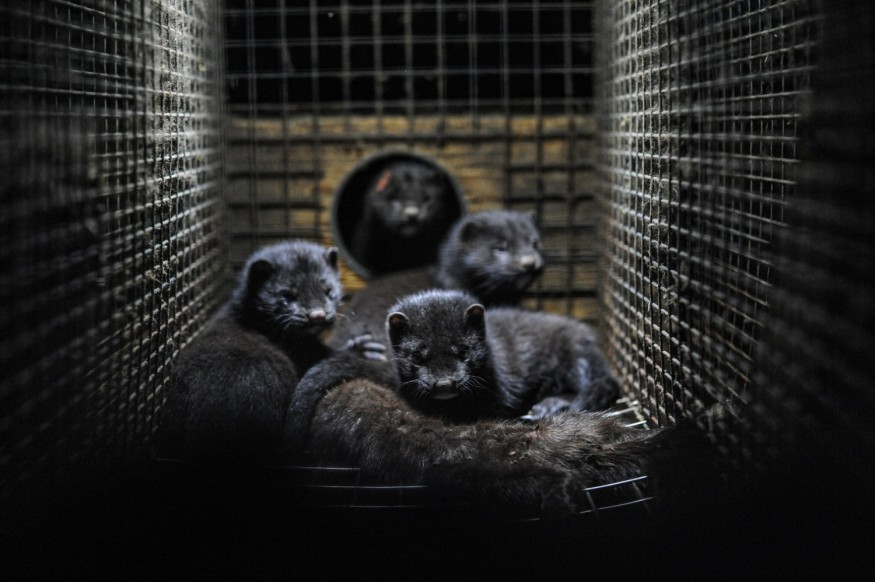
Up to 10,000 minks were able to flee from an Ohio farm after a break-in was reported on Tuesday. The owners of koi ponds and poultry ranches may be impacted, according to officials.
10,000 Out of 40,000 Minks
According to the Van Wert County Sheriff's Office, between 25,000 and 40,000 minks were released after suspected vandals broke into Ohio's Lion Farms USA Mink Farm in Hoaglin Township, and destroyed fences, causing the animals to escape their cages overnight Monday into Tuesday.
The sheriff's office provided an update on Tuesday afternoon and stated that the majority of the mink remained on the farm and that some had been "corralled by employees," leaving only 10,000 to be on the loose.
The sheriff's office warned that mink are carnivorous (meat-eating) mammals that prefer to eat recently killed animals.
They can therefore be an inconvenient pest for livestock owners, homeowners, and property managers, according to the sheriff's office. For poultry ranchers and homeowners with ornamental ponds in their backyards filled with koi and other fish, mink have proven to be particularly expensive and problematic.
The loose mink were warned not to be approached because they might bite, according to the sheriff's office.
These minks that escaped are regarded as livestock or domesticated animals. Domesticated mink typically won't survive that long because they have little or no natural survival skills, the Van Wert County Sheriff's Office stated on their official social media account.
Sheriff Riggenbach also stated that property owners have the right to defend their belongings, including pets and animals, when mink enter their property. People are reminded that it's against the law to discharge a firearm in a public space. There have been a lot of calls to the sheriff's office about trapping and shooting. On their own lands, landowners who qualify for the hunting license exemption are allowed to hunt or trap fur-bearing animals without a fur taker permit.
The Ohio Department of Natural Resources should be contacted with any inquiries regarding catching the escaped mink while authorities continue their investigation, the sheriff's office advised, CNN reports.
Mink as Livestock
According to the Fur Commission USA, selecting, breeding, and raising particular species of fur-bearing animals is known as "fur farming." Since shortly after the Civil War, fur-bearing animals have been raised and bred on farms in North America.
The majority of furs used in the global fur trade, over 85%, come from modest, family-run ranches. An estimated 3 million mink pelts, worth more than $300 million in 2013, are produced annually by about 275 mink farms spread across 23 states in the United States. Wisconsin produces well over 1 million mink pelts annually, making it the top-producing state. Minnesota, Idaho, Oregon, Utah, and Idaho are additional significant producers.
The livestock that is raised on farms today is among the best in the world. Livestock that is perfectly suited to the farm environment has received prompt veterinary care, comfortable housing, and adequate nutrition. Additional assurance that farmed fur-bearing animals is well-cared for comes from national standards of conduct and operating guidelines.
Additionally, to be recognized by the Fur Commission Humane Care Farm Certification Program, mink farmers voluntarily follow stricter standards of animal husbandry.
The best-quality fur in the world is produced by North American farmers thanks to their meticulous attention to animal care.
Related article : Young Family Staying the Night ay Taronga Zoo Given 30 Seconds to Leave After Five Lions Escape
© 2025 NatureWorldNews.com All rights reserved. Do not reproduce without permission.





